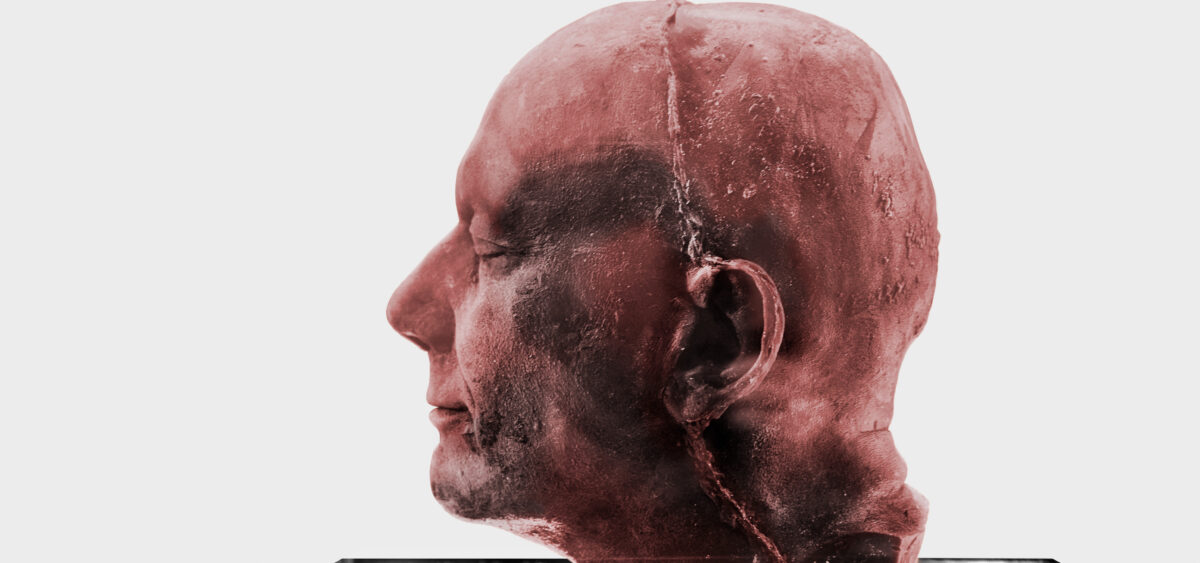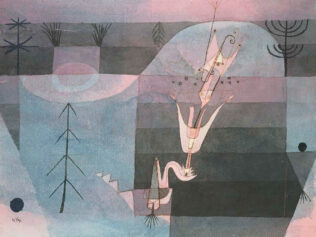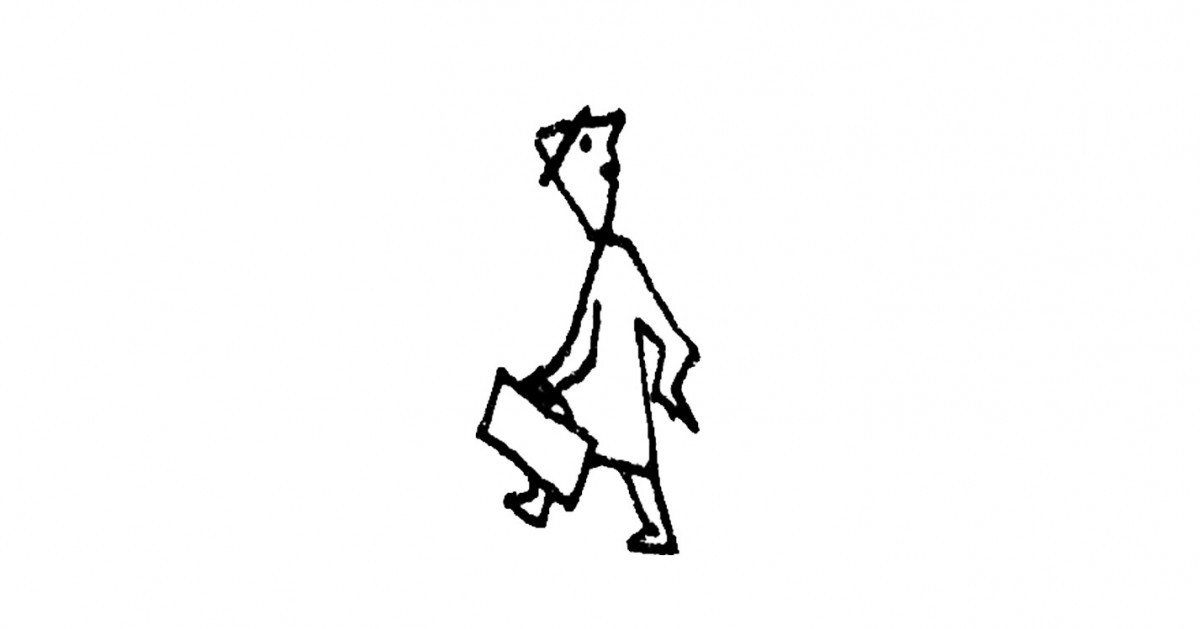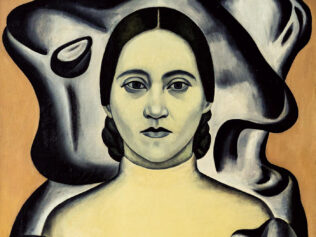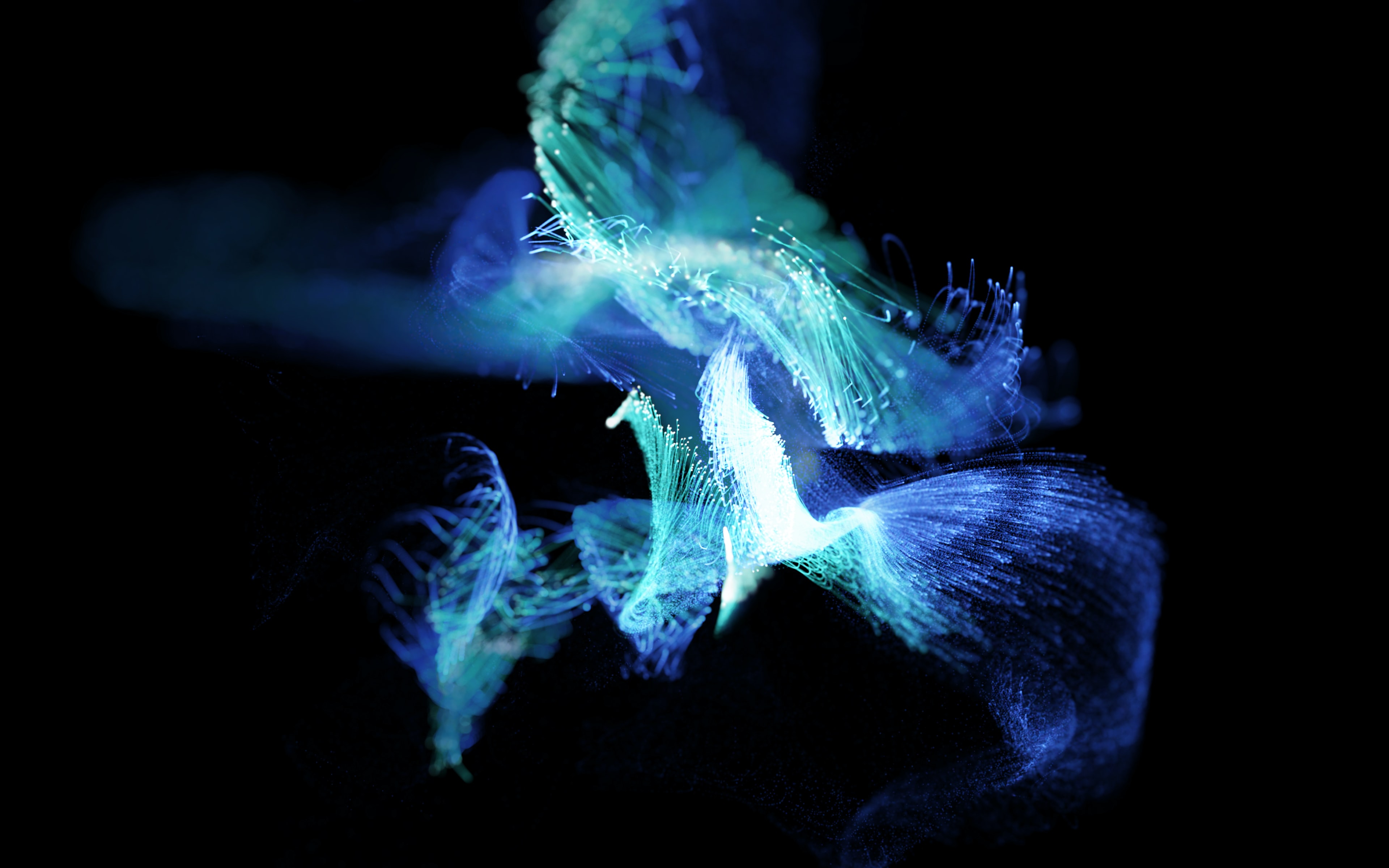
Art and war. No two spheres are at once more alike and more distant from each other. As Russia was amassing troops near the Ukrainian border, I found myself thinking about an artist who made blood into a work of art.
The history of our species is sometimes described as one great escape from the primordial. According to Silicon Valley tech enthusiasts, we have almost managed to break free. Just one more push, the last stretch—and we will enter the transhumanist era. People in this era will really be a different kettle of fish. These beings’ own mothers won’t recognize them, let alone primitive humans.
Others argue that our escape is a sham. Modern representatives of Homo sapiens think they are racing forward, towards progress—while in reality they are going round in circles, completing tight laps around their own original, primordial essence. It is impossible to run away from oneself. As for me, I am inclined to take a stance somewhere in the middle—we can only move towards transhumanism if we embrace our nature.
A Frozen Self-Portrait
War is one of these old institutions that are impossible to civilize, even as they reveal their modernized, futurist form. The same can be said of art. And of blood, running in the veins of modern, almost-transhumanist people.
When in February 2022 Russian troops were getting ready to invade Ukraine, all signs hinted at the fact that the idea of war was about to gain flesh—and blood. There were words tinged with violence, troop movements, helicopter squadrons, missile batteries, and a fluctuating raw materials market. But none of these left its imprint on my mind the way blood supplies did, brought in from the far ends of Russia to what was expected to become the front line; stored in purpose-made sacks.
When I was a child, wars raged too, but they were always far away—happening somewhere else or some other time. I grew up in peace, a privilege I did nothing to deserve, but enjoyed all the same. When it comes to war, I am anything but an expert. So when the Russian army brought blood bags to the front line, I feared for Ukraine and for myself, wondering what would happen to us all. I was also thinking about art, and this was when Marc Quinn came to mind. Born in 1964 in London, Quinn is part of the Young British Artists (YBAs) movement, the generation that entered the world art scene in the early 1990s. The YBAs were part reincarnation of the Dadaists and part young guns from an advertising agency. Their work was loud and in-your-face shocking, but it invariably looked impressive. They were only interested in the most timely issues, and none are more timely than money, sex, and death.
The work that won Quinn renown was his sculptural self-portrait shown at his 1991 debut exhibition in London. Self was a cast of the artist’s head made from his own blood. Approximately 1.3 gallons were needed to make the sculpture, which is roughly the amount circulating in an adult body. For several months before he started work on the piece, Quinn would regularly amass the vital fluid, taking it from his veins. Crucially, the blood from which he formed the cast of his face is frozen rather than clotted. The piece was showcased in a transparent freezer, where it is still kept today.
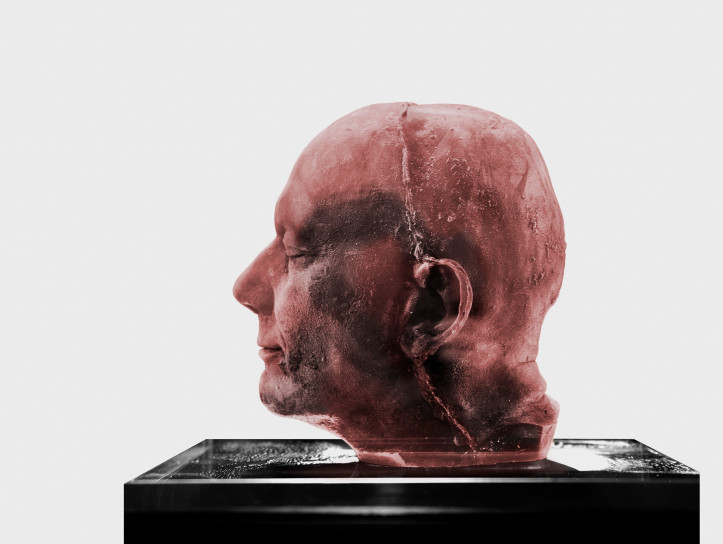
Since 1991, Quinn has repeated this procedure every five years—he collects blood and then creates a new image from it. This series of frozen self-portraits, cast in the red liquid, measures the time of the artist’s existence, showing changes in his gradually aging face.
By his own formulation, Quinn’s underlying theme is coming to grips with what being human feels like today. His terrifying yet beautiful “selfie” sculpted from a bloody solid is a pertinent contribution to the debate on the modern condition. Quinn is slogging his guts (or more literally, his veins) out. Like a priest from a primeval cult, he offers his own blood at the altar of art. He immortalizes his own face, but does so using perishable material. Quinn’s own body is perishable, too—both are cut from the same “cloth.” Whether or not Quinn’s piece survives depends on technology. If the fancy freezer breaks down, the self-portrait will decompose and turn into a shapeless mass of organic matter.
The pieces Quinn completes every five years look like death masks. The paradox is that they are cast in blood, and blood is the symbol of life. As a symbol, it refuses to be tamed—it still holds primordial sway.
Sacred and Cursed
Miguel Servetus, a 16th-century Spanish theologian, physician, and astronomer, was the first modern European to give a correct account of pulmonary circulation. From that point on, the role blood plays was more or less known. However, knowledge did little to break the spell of the “peculiar juice”—the term Mephistopheles uses in Goethe’s Faust to describe what flows in our veins. On the contrary, the arrival of the modern era was asserted by a ritual in which blood was center stage.
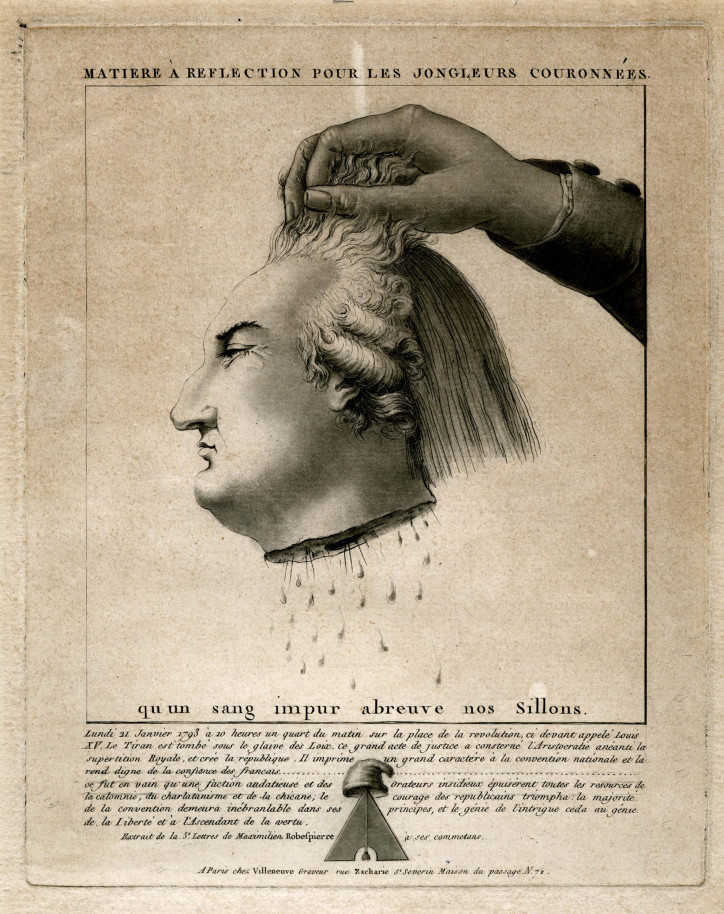
On January 21, 1793 King Louis XVI was beheaded in Place de la Révolution in Paris (later renamed Place de la Concorde). Before the guillotine blade came down, in his last words the monarch expressed the wish that his “blood may be able to cement the happiness of the French” and placate the wrath of God. In his book Le sang: mythes, symboles et réalités [Blood: Myths, Symbols and Realities], historian Jean-Paul Roux offers an account of these events. When the execution was completed:
“a citizen climbed onto the guillotine and immersed his whole hand in Capet’s blood in which the guillotine was soaked. He collected clots until he had a handful and threw them onto the heads of spectators who stood nearby. He repeated this gesture three times. People thronged towards the scaffold hoping but the tiniest drop would land on their foreheads. ‘Brothers!’ cried the citizen ‘People threatened us Louis Capet’s blood would fall on our heads. Very well then, let it fall! Louis Capet soaked his hands in our blood time and time again. Republicans! The king’s blood brings good fortune!’”
Louis’s decapitation was the high point of the revolution in whose heat the modern order of Europe was forged. The last bridge had been burned, there was no turning back on the road to the Republic, progress, further enlightenment, and the age of reason. However, it is telling that this new era was christened with blood at birth and, triumphant rationalism notwithstanding, the sanguine fluid was still viewed as simultaneously sacred and cursed.
More than two hundred years have passed and not much has changed—art, this sensitive barometer of the state of our culture, offers compelling evidence. Gina Pane, Ana Mendieta, Chris Burden, Marina Abramović, Zbigniew Warpechowski: the list of contemporary classics who have shed their blood in galleries is long. Some discourses—particularly those pertaining to foundational matters—can only be written down in (and signed with) this peculiar ink.
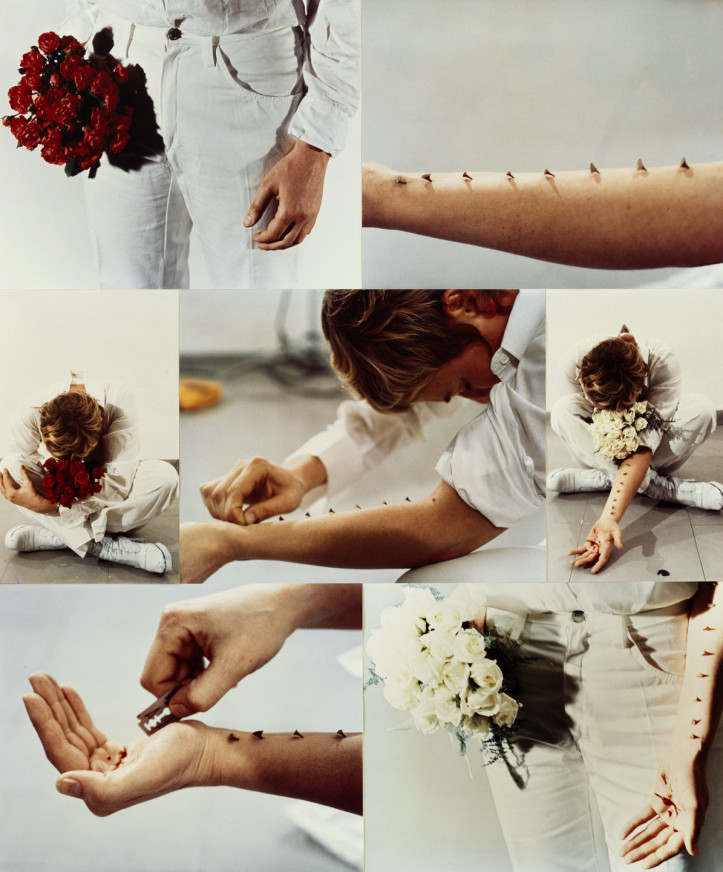
Breaking the Spell with Art
When it comes to art, bloodshed has been particularly popular with performance artists. Before the pandemic, one of them, the radical Moscow-based actionist Oleg Kulik (who, by the way, once bit a Swedish critic so hard that he drew blood), told me he had an idea: he wanted to organize Vladimir Lenin’s funeral. Since the leader’s body cannot be buried—it has been on display in a glass coffin in the Kremlin for almost a century—Oleg had a symbolic performance-funeral in mind. During the ceremony, he himself would play the role of the deceased.
Undoubtedly a crazy idea,, but there is method in the madness. Primitive magical thinking is evident here, too—indeed, it may be the only “logic” one can apply when coming to grips with the issue of the unburied Lenin. An unburied corpse is lodged there, right at the heart of a nuclear superpower. After the collapse of the Soviet Union, democrats and other sensible people called for the body to finally be buried. But those in power take no heed. Oleg argued that the presence of such an eerie keystone definitely has an impact on the state’s political architecture. He also pointed out that Lenin—dead, but looking as if he were alive—is bloodless. A not-quite-dead, unburied corpse among the living is a classic vampire figure. Its taste for blood is unquenchable, so the state drinks it on the creature’s behalf.
The echo of Kulik’s words came back to me at the very moment when the Russian army began amassing not just rockets and tanks, but also blood. The beats of a living heart pumping the “peculiar juice” inside the human body are not unlike the ticking of a clock, measuring the time of human existence. Marc Quinn’s self-portraits—cast in blood and staring in the face of transience, a face that is his own—are another such biological clock. The bloodless Lenin, on the other hand, is a political chronometer. The time shown by this particular clock stands still. It stopped one hundred years ago, at the spot where Realpolitik and dark, archaic necromancy converge; on the line which, in the tense early months of 2022, ran along the Ukrainian border.
Is it appropriate to think about art in moments like these? Well, war and art are alike in some regard. Both are political, both have a good grasp of the primeval aspect of being human and the power and symbolism of blood. As far as differences are concerned, art and war can be compared to white and black magic respectively. The former is creation, aiming to protect the vital liquid pulsating in the human body, while the latter is responsible for destruction and blood shed to ghastly ends.
Translated from the Polish by Joanna Błachnio


